Car review: Volvo S60 – sporty looks with durability
Styled in-house by Volvo’s Maximilian Missoni, I would say they have made one of the best looking Volvos in years, says Sean O’Grady
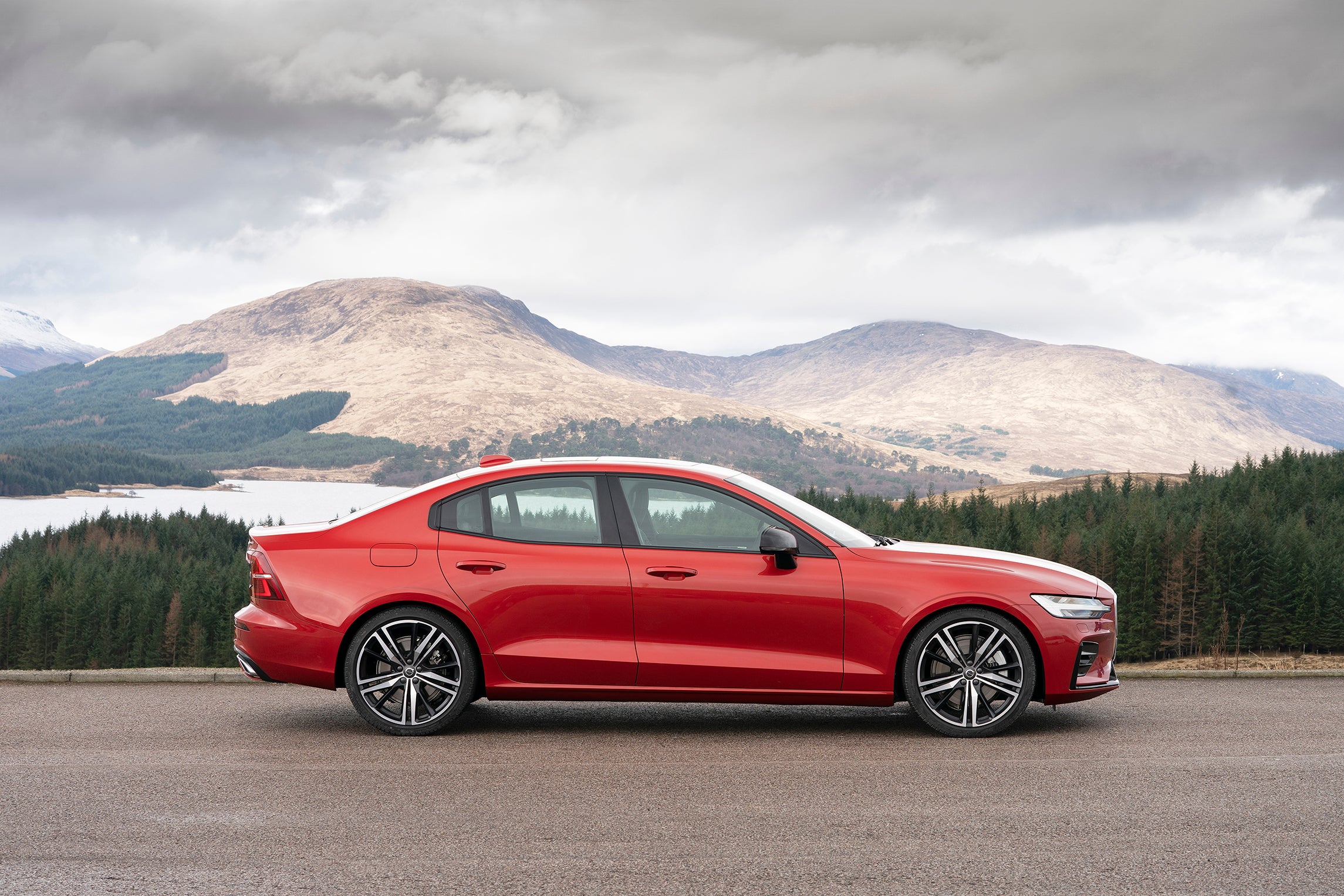
Your support helps us to tell the story
From reproductive rights to climate change to Big Tech, The Independent is on the ground when the story is developing. Whether it's investigating the financials of Elon Musk's pro-Trump PAC or producing our latest documentary, 'The A Word', which shines a light on the American women fighting for reproductive rights, we know how important it is to parse out the facts from the messaging.
At such a critical moment in US history, we need reporters on the ground. Your donation allows us to keep sending journalists to speak to both sides of the story.
The Independent is trusted by Americans across the entire political spectrum. And unlike many other quality news outlets, we choose not to lock Americans out of our reporting and analysis with paywalls. We believe quality journalism should be available to everyone, paid for by those who can afford it.
Your support makes all the difference.“Premium” is the word Volvo people would like to have pop into your head when you see their new S60 sports saloon. Chris McKinnon, head of lifecycle at Volvo Car Corporation, tells me so at launch of its latest model that they have benchmarked the car during its development against rivals from Mercedes-Benz, Audi and BMW: “We always look to see what the competition are doing, and I think they benchmark us more than they used to. If you take Mercedes-Benz, they have taken big steps in terms of their ride and handling, they’ve become more sporty. Audi is also a reference for us, as well as BMW. But we set out to have our own unique identity, not copying them.”
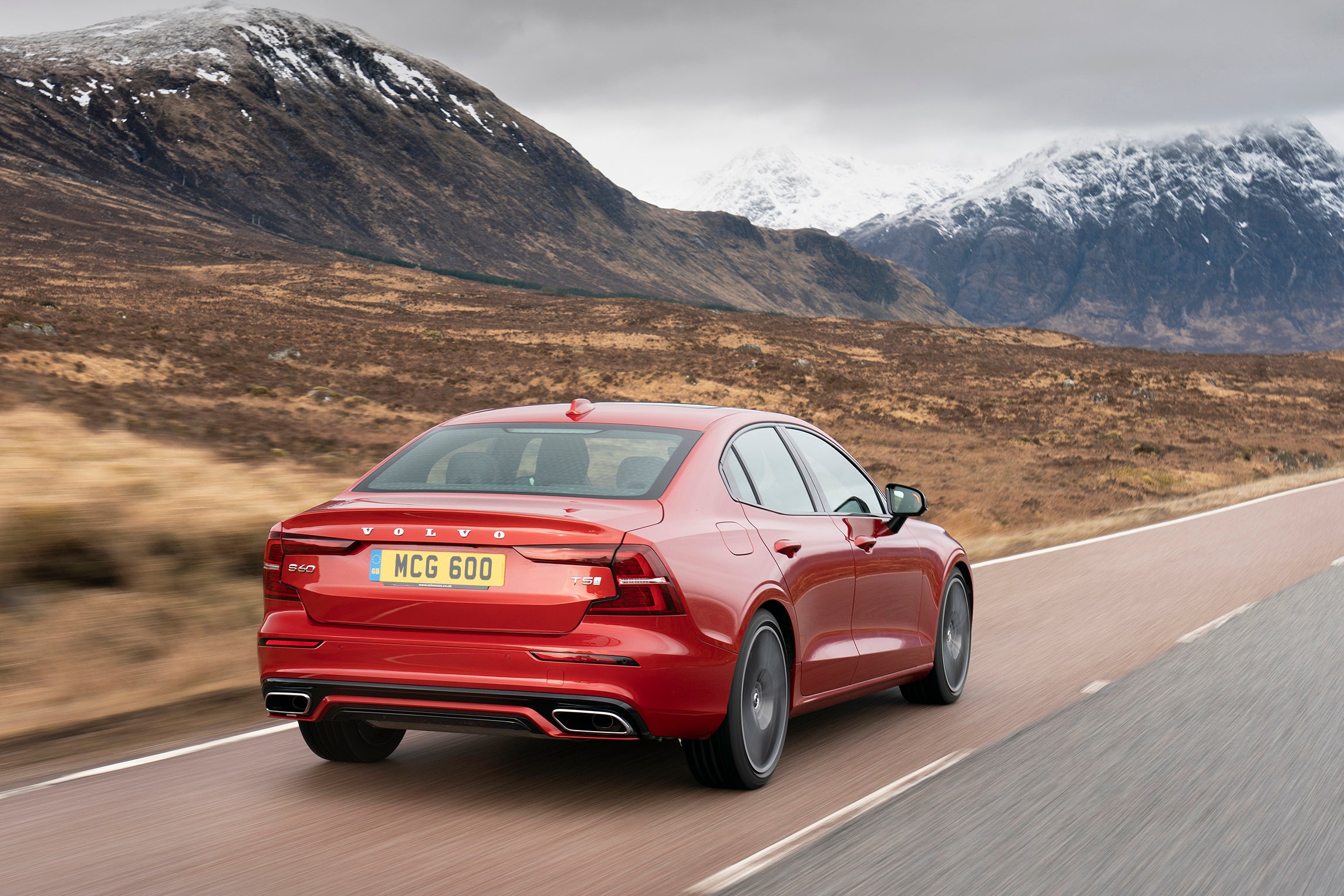
McKinnon believes that his car’s premium, lively quality “starts with the sporty proportions of the car. We talk a lot about the ‘premium gap’ which is the gap between the A-pillar [ie roughly the front door/windscreen line] to the centre of the front wheel. We’ve been able to move the wheel forward and elongate the wheelbase. So it looks sporty standing still. You can see the haunches in the rear as well, over the wheel arches, to get that purposeful sporty stance.”
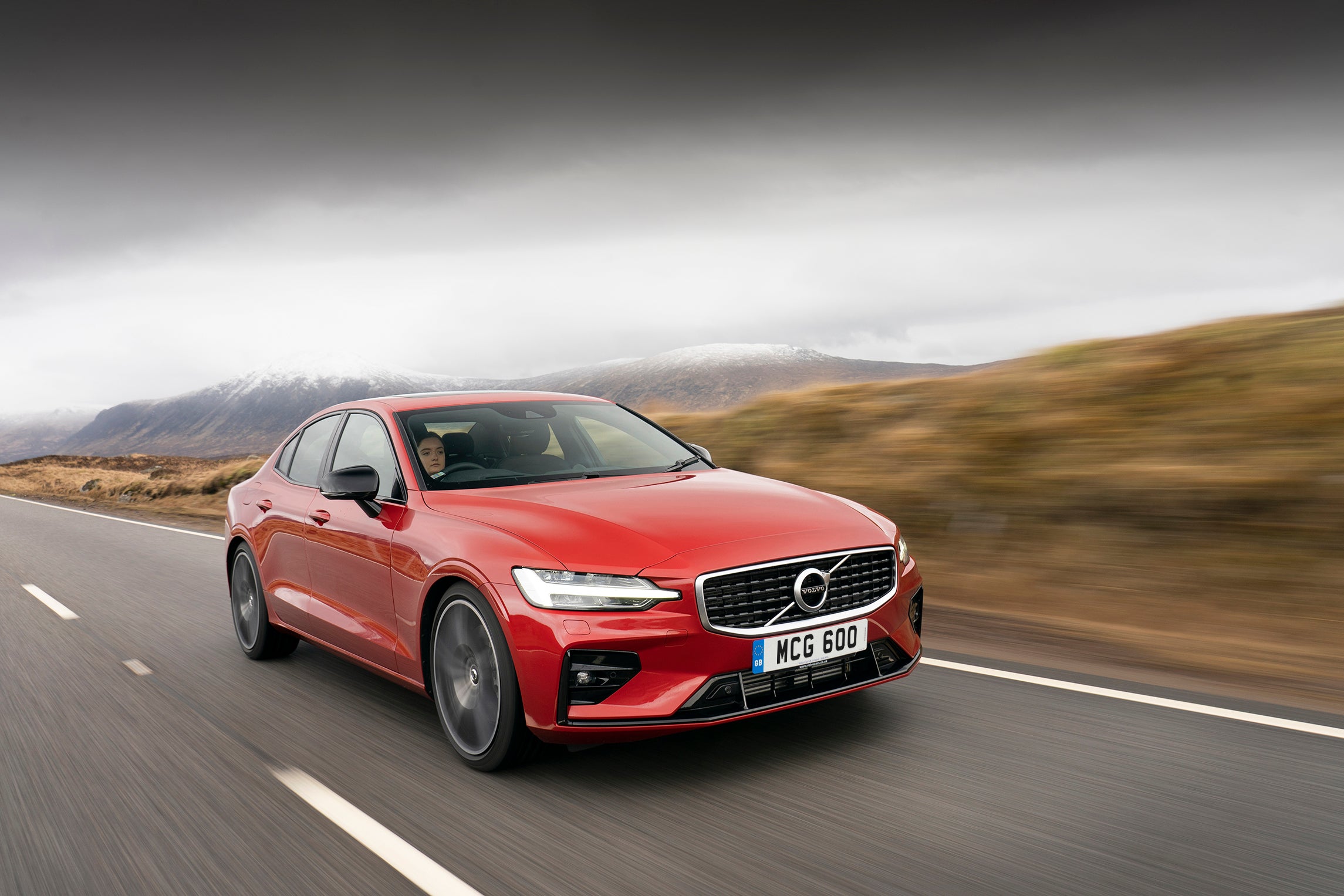
Styled in-house by Volvo’s Maximilian Missoni, I would say they have made one of the best looking Volvos in years (no jokes, please), and I note they’ve now smoothed out the trademark “shoulder”, the bulge under the widow line and along the flanks that has been a Volvo saloon and estate car tradition since the 1950s. It looks, if anything, a bit like the Kia Stinger, which is no bad thing.
The Volvo though remains front-wheel drive, as against its rear-drive or four-wheel drive competitors, but they’ve added some very sophisticated suspension into the mix to make sure that the car feels as positive and neutral on the road a possible – in technical terms that means a double-wishbone suspension at the front and a rear-link axle at the back. These are features, McKinnon adds, that ensure it is “the most dynamic Volvo so far”.
The spec
Volvo S60 T5 R-Design Edition
Price: £41,210 (as tested, range starts at £37,935)
Engine: 2.0l 4-cylinder petrol; 8-speed auto
Power output (hp): 250
Top speed (mph): 145
0 to 60 (secs): 6.5 secs
Fuel economy (mpg): 35.3
CO2 emissions (g/km): 155
It needs to be. Like Peugeot and Jaguar, say, Volvo was once routinely bracketed with the German brands, but somehow parted company in the eyes of the motor trade and drivers some decades ago. These marques have spent recent years working hard to try and reclaim their bourgeois credentials. Superficially, at least, Volvo has succeeded with the S60 in building a credible BMW3-series/Mercedes C-Class/Audi A6 rival. From the lustrous paint to the quality of the materials in the interior, it does exude a certain premium quality, though, I have to add, lacks the final definitive touch that would make it feel as cocooned and solid as a Mercedes-Benz.
Still, it feels durable, as Volvos always used to be. Before we became such a throwaway society Volvo owners would happily keep their car for 10 or 15 years, and run up astronomical mileages almost as a matter of pride. Advertising back in the 1980s pointed out that the average age of a Volvo on British roads was 17 years, often under a single keeper – the longest of any mainstream make at the time. Environmentally sound, too. Imagine buying a Volvo S60 now and keeping it until 2036.
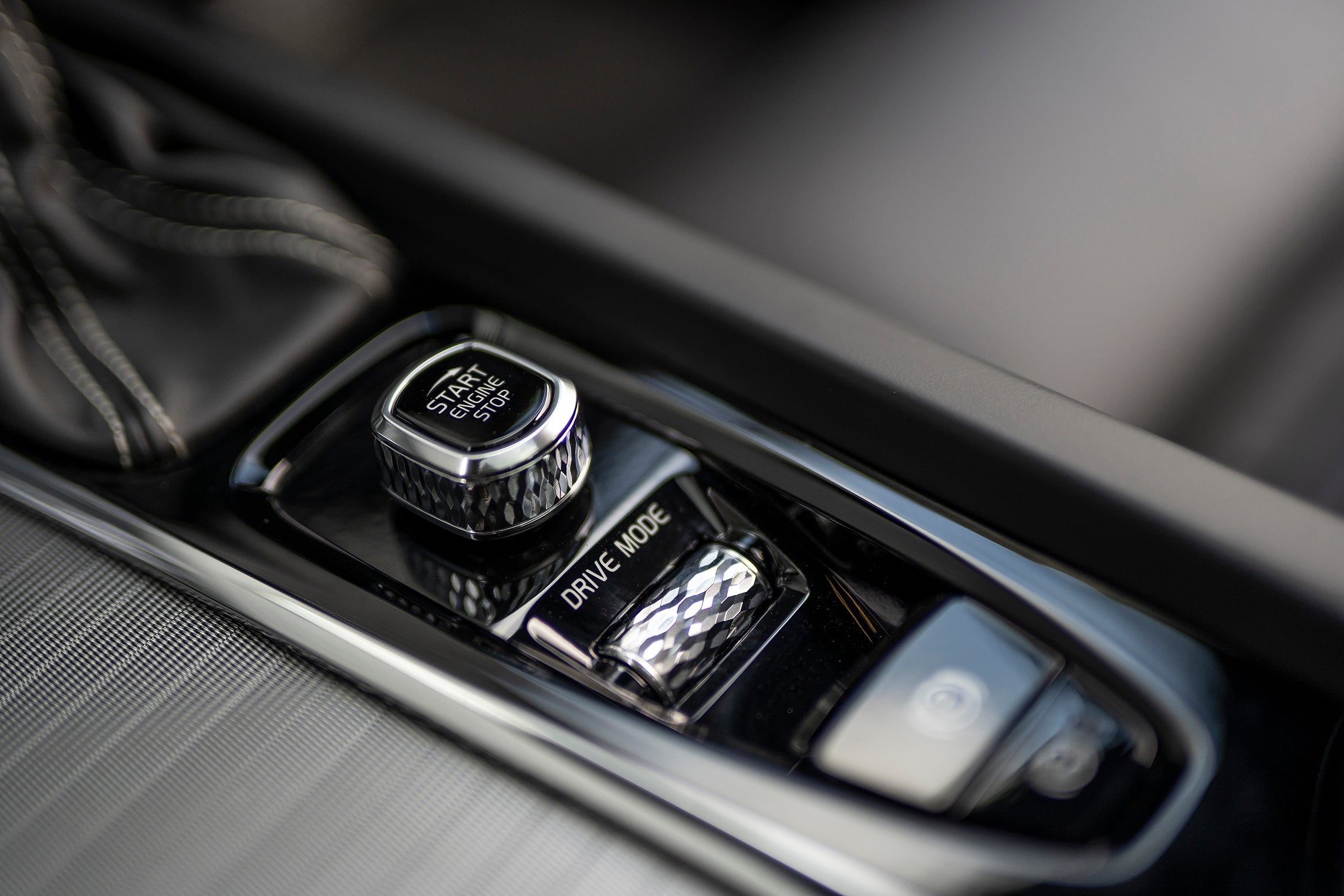
Does it drive as well as McKinnon claims? On the whole, yes. Along with that fancy suspension, the engineers have worked hard to make its weight distribution as even as it can be – in the ratio of 55 to 45, as it happens. The S60 launch model is an R-Design derivative which means lowered and slightly harder suspension settings than the softer-sprung Momentum and Inscription varieties which will arrive later. For now, Volvo want to stress the sporty ambitions of the car, so the sportier variety is alone for the launch. You can use the “Drive Mode” switch in the centre console to make the car more or less economical/comfortable/sporty, but it is on the margins. If you’d prefer your Volvo to be more like a lounge on wheels you’ll have to wait for the others to arrive. I found the R-Design set-up a bit too a little jiggly on rough British roads.
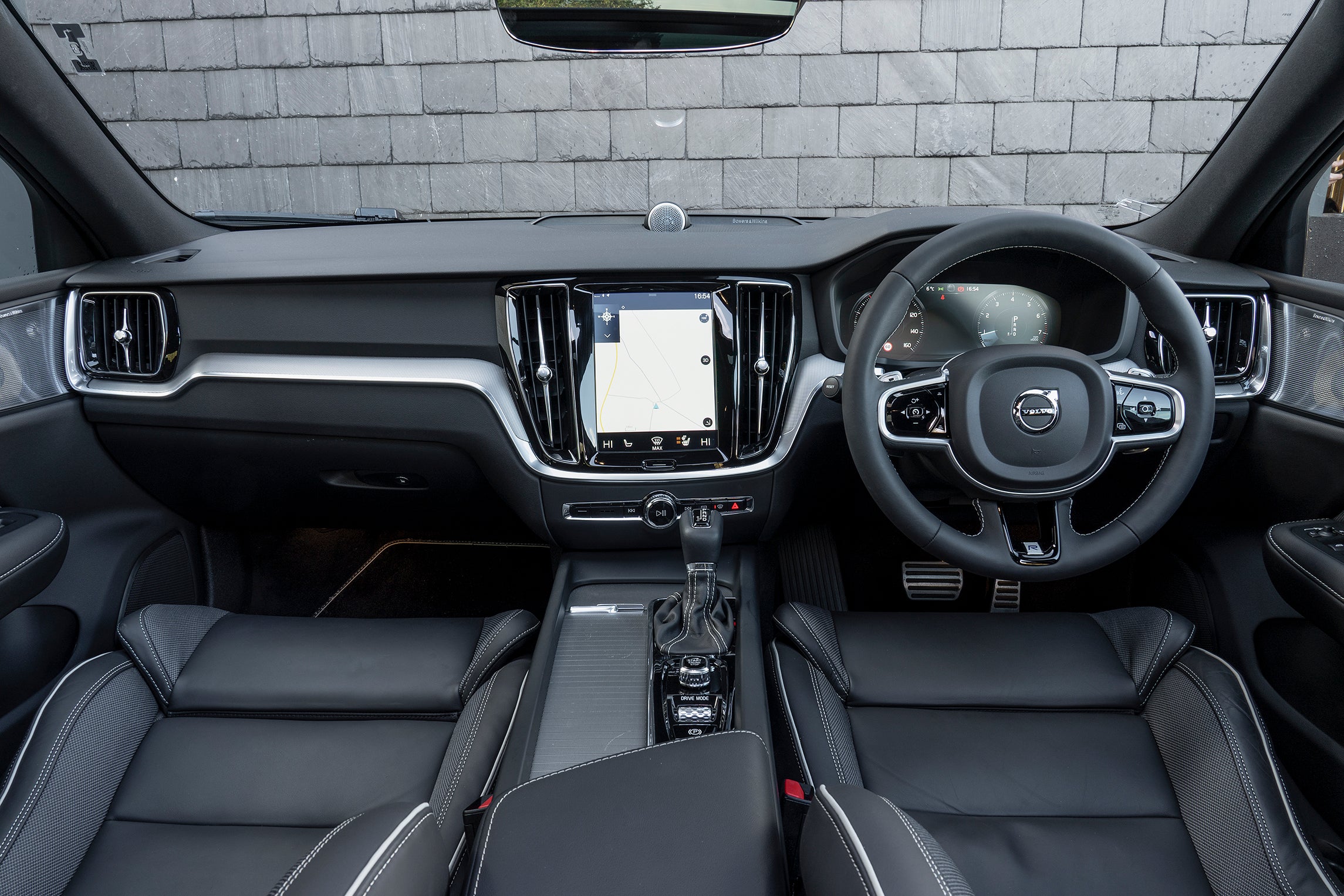
There’ll be no diesel option on the S60, a first for a modern Volvo. A 2-litre petrol unit is the only one for now, with a plug-in petrol/electric hybrid coming in about three months. That should be an impressive package, and, badged T8, will boast near-supercar acceleration, especially in the halo “Polestar” version – 4.4 seconds in the sprint to 60mph. The hybrid will also feature four-wheel drive – the petrol engine at the front, while the electric motors look after the rear. The batteries will be stored in a central tunnel, so aiding stability and weight distribution. It adds about 150kg, but the increase in torque is phenomenal. These will be coming in three months, and will be over £50,000.
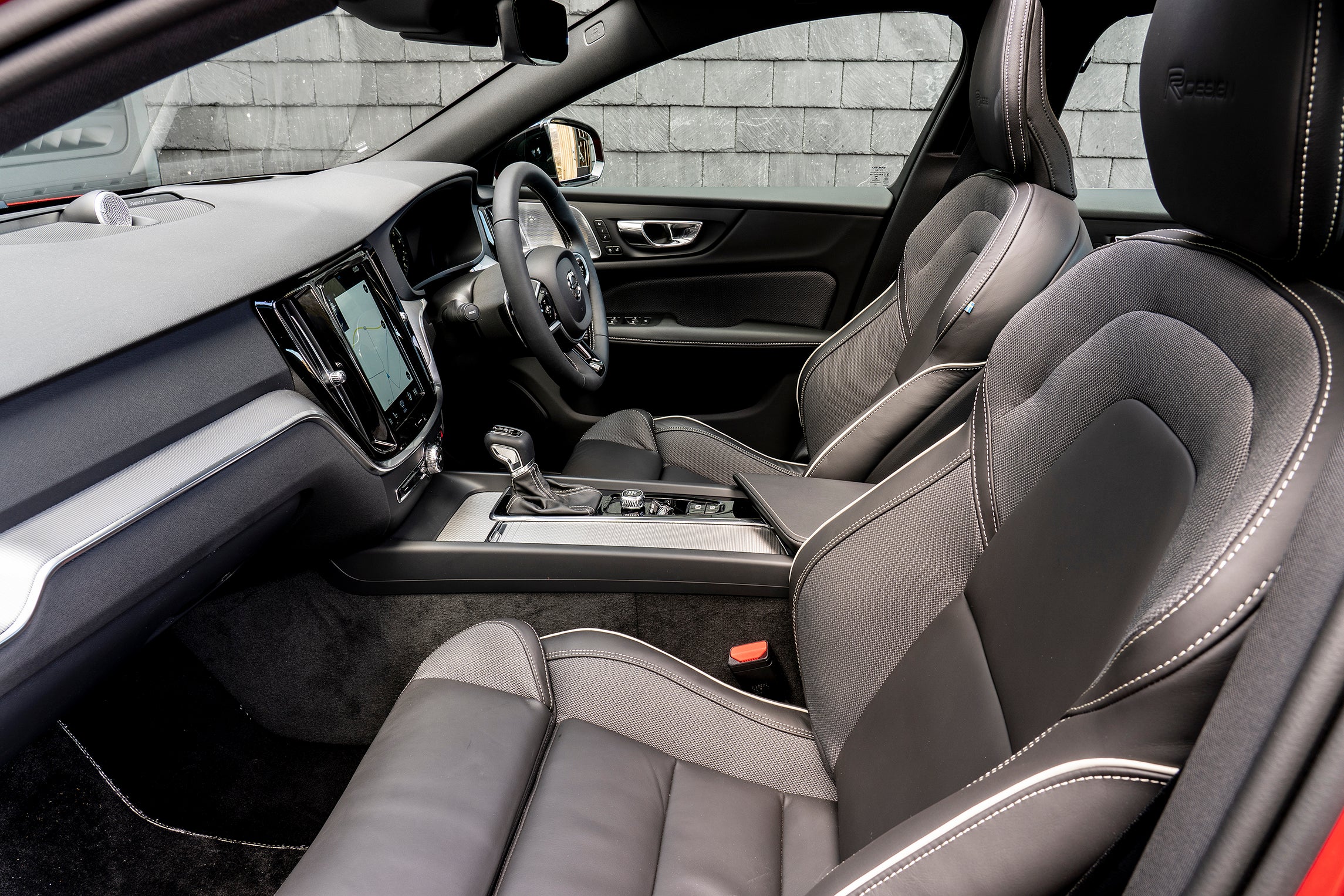
Still, a hybrid is no substitute for pure battery power. After all, we know that some plug-in hybrids never get plugged in, and are more of a tax dodge than anything. Given that Volvo’s parent is Geely, a Chinese giant that, like so many there, is pioneering electric propulsion, this seems a bit odd. Maybe Geely has its all-electric, all-battery hopes pinned on other in-house Geely brands such as the curiously named Lynk & Co and Geometry. We shall see.
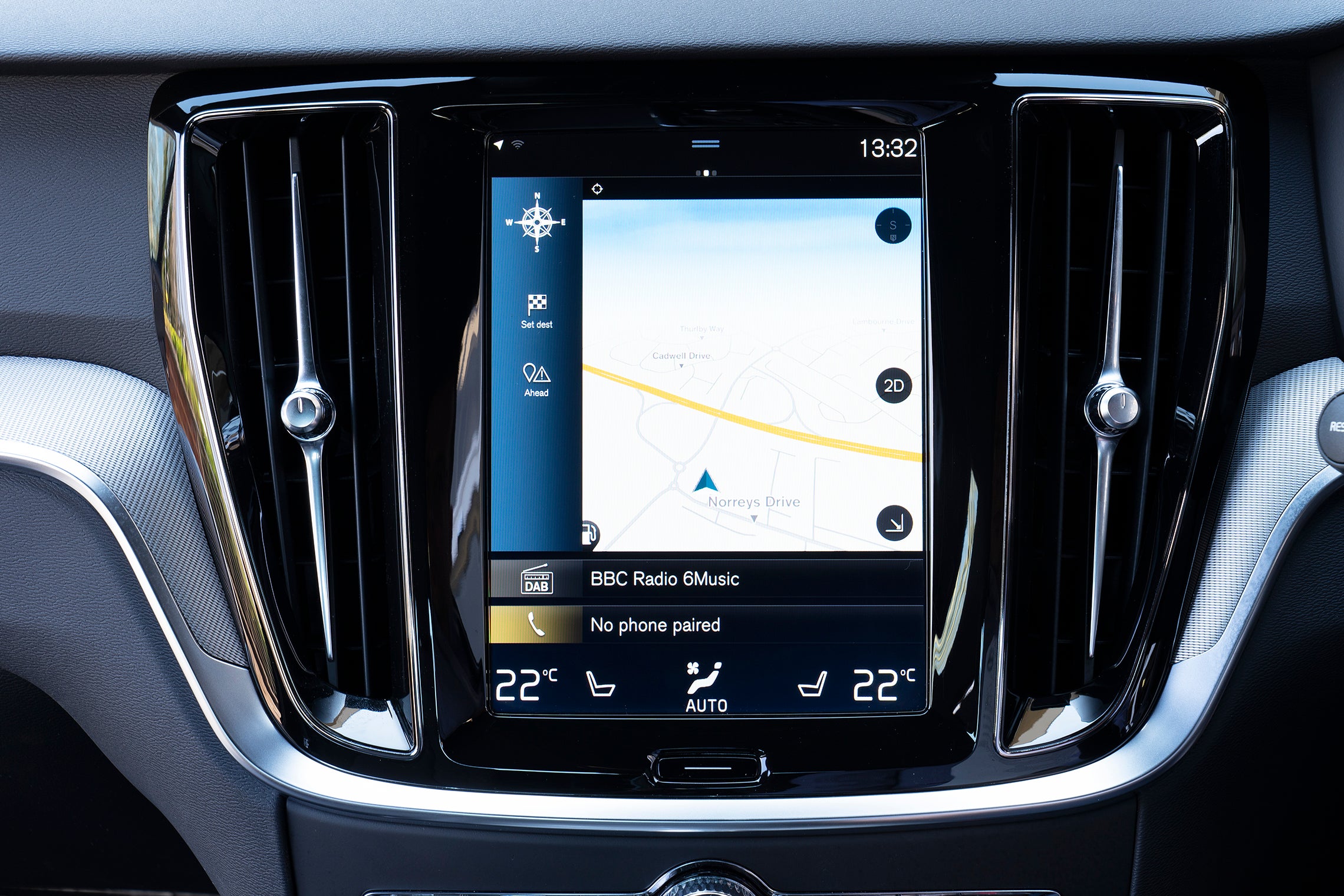
The new model is made in a new factory in South Carolina, built by Geely, and with a new workforce. Thus, it has all the advantages a modern facility can offer in quality and accurate build. However, it has often been true that all-new models from all-new plants and new workers have new problems of their own. There is no reason to think this Volvo will suffer, but you might want to look with even greater care than usual at its fit and finish.
The Volvo S60, then. Is it premium? Durable? Tough as an old Volvo? Give me 17 years and I might tell you…
Join our commenting forum
Join thought-provoking conversations, follow other Independent readers and see their replies
Comments